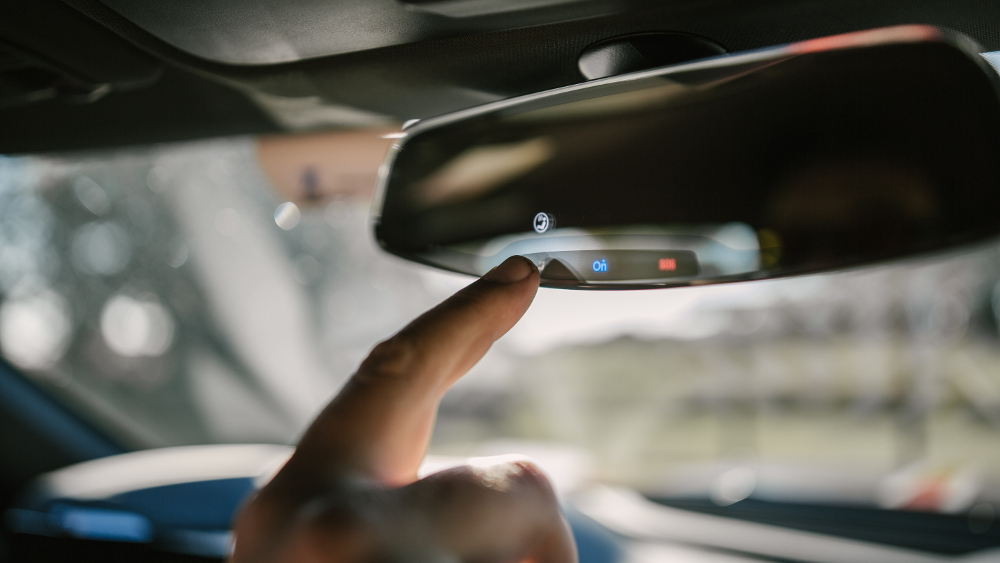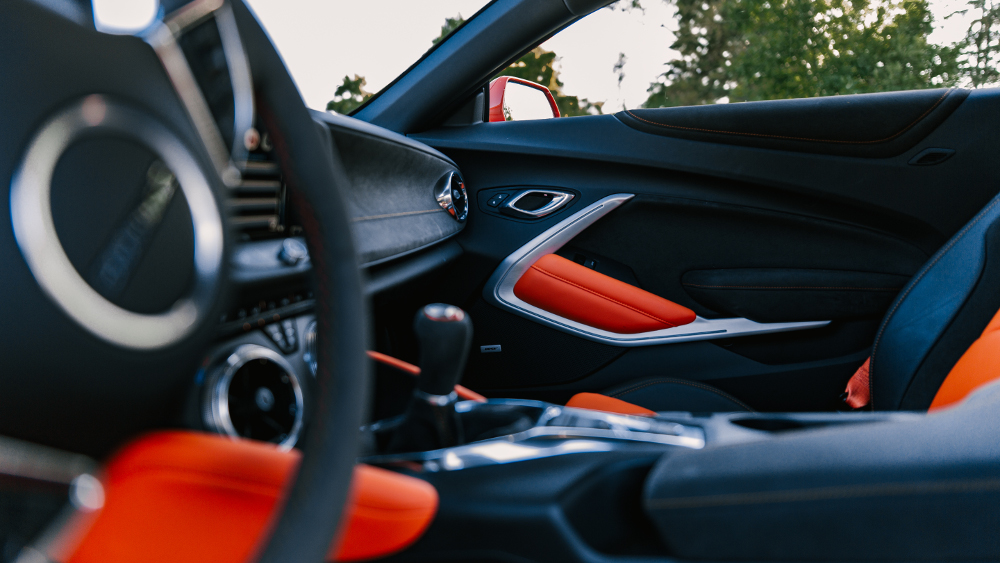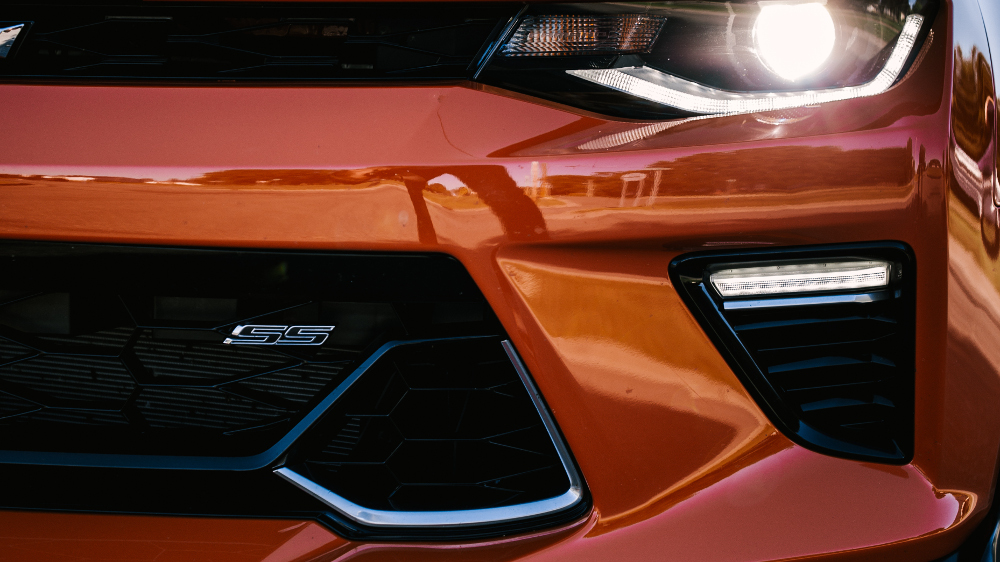A high-tech mirror in the 2018 Chevy Camaro helps you watch your back
As cars get smarter, so do their interiors

Photo credit: Josiah Bondy
In case you haven’t heard, rear-view mirrors are going through a revolution.
In the 2018 Nissan Armada, for example, the digital mirror shows a real-time video stream from behind the car. The 2018 Cadillac CT6 uses similar technology.
In a recent test of the 2018 Chevy Camaro Hot Wheels Edition, a rear-view mirror provides digital buttons you use to access OnStar features, such as calling a support tech or issuing an SOS to OnStar emergency personnel. It’s a sign of things to come, in that cars will eventually offer mostly digital touchscreen displays for everything from starting the car, swiping through even features, and even parking the car automatically.

Photo credit: Josiah Bondy
In the test, the Camaro mirror responded perfectly to multiple button presses, as though they were physical buttons, and without the typical delay or repeated pressing required on some digital displays. During one test call, I was able to ask for turn-by-turn directions, which were then sent to the Camaro’s navigation system.
Switch to digital
Harlan Charles, the Camaro Product Manager, told TechRadar the concept behind the high-tech mirror was the match the previous rear-view mirror in the Camaro line that had physical buttons to access OnStar, but replace them with digital buttons.
Sign up for breaking news, reviews, opinion, top tech deals, and more.
“This mirror has electrochromic capabilities, which allow the buttons to light up when touched and dim shortly afterwards,” says Charles. “The mirror itself is also auto-dimming, allowing it to compensate for the amount of light inside the vehicle. Other than that, the mirror provides access to the same OnStar services and live Advisors found in all other GM vehicles.”

Photo credit: Josiah Bondy
Many cars have moved to digital displays for functions like climate control, adjusting the radio, and configuring settings in the main touchscreen. The digital rear-view points to a new era coming when there are additional screens available beyond the main touchscreen.
Imagine a secondary display located between the seats that you use to select a parking spot, and then use the automated parking system. Or a display in the side passenger seat used to make video calls. Someday, cars could have four or five different digital displays available.
Sportier sounds
Another interesting feature in the Camaro, which starts at $25,905 for the base model, is a variable exhaust sound. In the main touchscreen, you can pick the sound volume for the exhaust, which is based on pedal position, the gear you are using, driving mode, and the RPM level. Options include quiet modes like Stealth up to Sport/Track, the loudest.
“Variable exhaust options give drivers the best of both worlds,” says Charles. “As desired, drivers can have a louder, sportier exhaust sound and feedback for driving on a race track or a twisty mountain road, or a quiet refined note for when driving on the highway or around town. In the past customers would buy aftermarket systems, which would sound great and sporty, but were too loud for everyday use.”

Photo credit: Josiah Bondy
Once again, these adjustments point to a future where the driver has the ability to tweak the sound of the car, the digital displays, and how the car performs in more ways. As digital technology improves, we might even be able to change the exterior color with the flick of a screen or adjust the color of the interior beyond just the lighting options.
On The Road is TechRadar's regular look at the futuristic tech in today's hottest cars. John Brandon, a journalist who's been writing about cars for 12 years, puts a new car and its cutting-edge tech through the paces every week. One goal: To find out which new technologies will lead us to fully driverless cars.

John Brandon has covered gadgets and cars for the past 12 years having published over 12,000 articles and tested nearly 8,000 products. He's nothing if not prolific. Before starting his writing career, he led an Information Design practice at a large consumer electronics retailer in the US. His hobbies include deep sea exploration, complaining about the weather, and engineering a vast multiverse conspiracy.